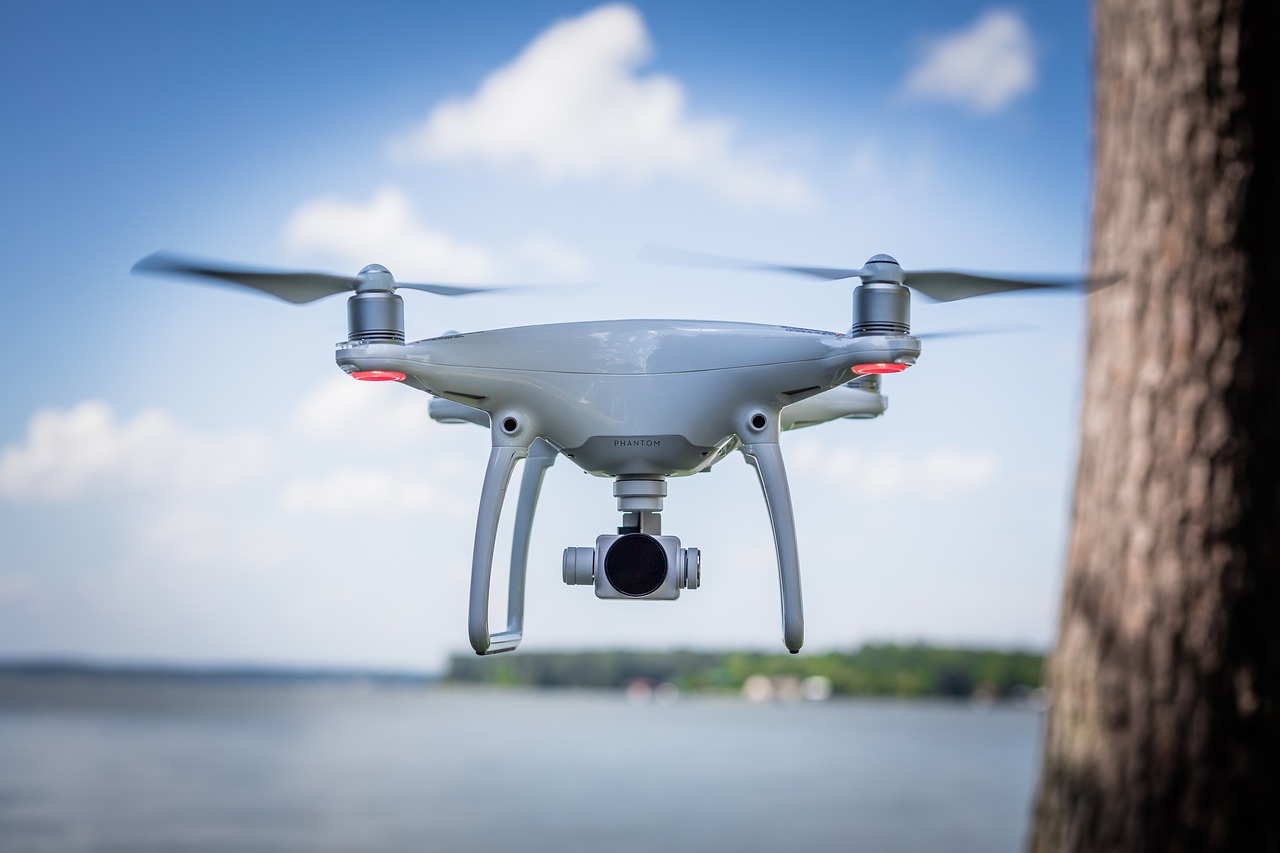Over the past several decades, some mind-blowing technologies have been developed. This has really changed the way we all interact with everything around us. Because of this, the society has also been improving at a fast rate; and the music industry hasn’t been left behind. The new emerging technology has completely changed the way music is created and consumed. From software to streaming, we shall take a look ten significant technological advances that have shaped the music industry today.
Multitrack recording
Musicians and sound engineers previously recorded an entire track in one take; Multitrack made it possible to record different components of a song and then combine them. It also made it possible to make individual tweaks in certain sections of a song while including more layers to one instrument (that is the same singer’s vocal harmonies recorded differently and then layered together). Since then, the recording business has never been the same again.
Digital software

Another big game changer in the music industry is the introduction of digital software into the production of music. This allows musicians, no matter their ability, to record and produce songs to a certain quality from their rooms. Programs like Protools and Logic offer a wide range of exciting effects, tools, and plugins that assist in improving the music’s sonic quality. Additionally, Apple computers also created their built-in software, Garageband, which is a step towards getting a home studio.
iPods / MP3 players
Do you remember the first time MP3 players were released into the market? Well, they quickly became the best thing until iPods came out in 2001. The sales for iPod began slowly, but in no time, this device became the best gadget for listening to music anywhere, even while the go. Since then, Apple products have really dominated the market and set high standards for the others to follow. This makes it hard for us to think of Walkmans and CD players when we can fit music collections into a tiny weightless, pocket-friendly, hand-held music device.
Auto-Tune
Humans can never be totally perfect, and the same applies even to our favorite musicians. During vocal recordings, it’s usual for the odd note to be off-pitch. Through the invention of Auto-Tune, pitchy-faulty notes can now be discreetly and instantly tweaked to the best and the nearest semitone. Although it’s used slightly, some artists can even use Auto-Tune to exaggerate vocals, creating an original and new sound altogether.
Smartphones/Apps and iPads
Music production is not the only area that has been shaped by technology – we consume music differently too. Through tablets and smartphones, users can gain access to music libraries, making it possible to buy merchandise as well as concert tickets with a few easy clicks.
Also see: How Mental Health professionals can cross 20,000 Twitter Followers
Software for digital streaming
This technology hit with a bang and all of a sudden it became possible for us to listen to anything we desired, anytime. Sites like YouTube, Napster including My Space were some of the early streaming adopters; enabled artists to upload music for free and have it listened to across the world with a click of a button. Recently, streaming sites such as Sound Cloud, including downloadable platforms like Tidal, Apple Music, and Spotify permit listeners to enjoy music from any genre, country, and background without leaving the room.
Loop pedals
Initially, musicians required an entire band to play songs live. When loop pedals dropped things changed. These handy tools make it possible for musicians to perform complete songs (of multiple instruments and beats) by themselves with a push of the button.
Musical Instrument Digital Interface (MIDI)
Before the introduction of MIDI, the artist who wanted to include a trumpet portion in their track actually had to physically take a trumpet player to the studio so that they can record it. This is no longer required nowadays. MIDI allows electronic tools and instruments to communicate with one another while having the tools to change the track substantially without re-recording anything. Besides, MIDI gives aspiring artists more creative freedom while keeping the production costs to a minimum.
Sharing and Accessibility
With the internet invention and high-speed data transfer, new incredible options are now available when working with music. It’s possible for musicians to collaborate with other artists who have completely different backgrounds, culture, and music style across the globe. This puts an artist at a unique advantage when it comes to crafting new feelings and sounds.
Synthesizers
At first, synthesizers were created to mimic and replace orchestras. However, they were costly and big, making it hard to transport them to performance venues. Technology advanced and costs reduced, with companies like Buchla and Moog introducing modular synths. Synths provided new sounds and helped musicians to create and perform compositions that wouldn’t have been possible before.
It has never been easy to be a creative and competent music maker. These evolutions have changed the way we view, listen, create and think about music. All this advancement has made music for studying becomes easier for students.
I’m content manager from San Francisco. Love writing about new technologies, marketing and self-development.






Comment here